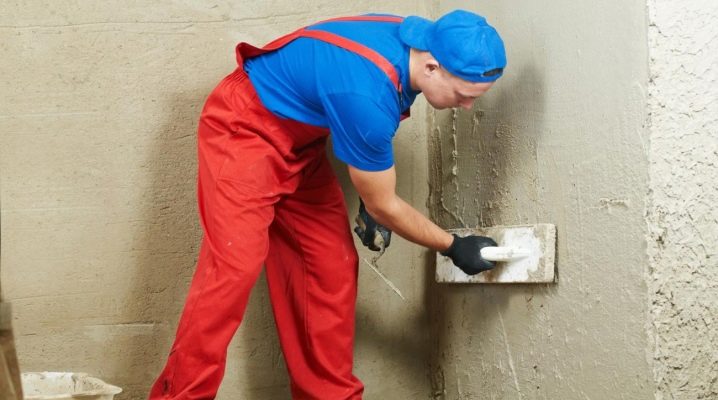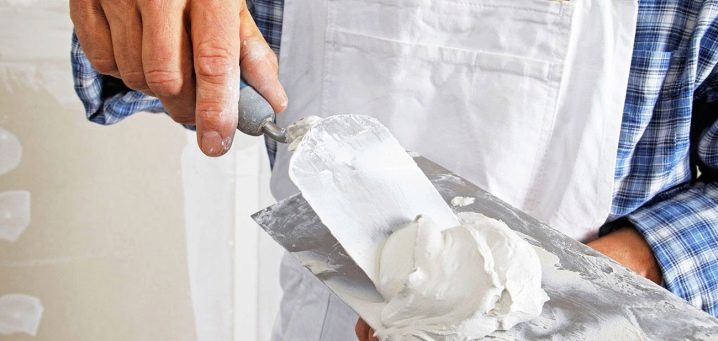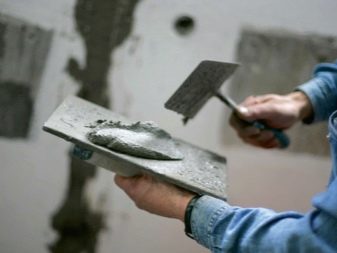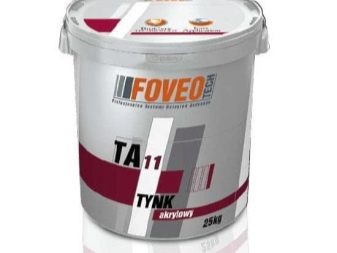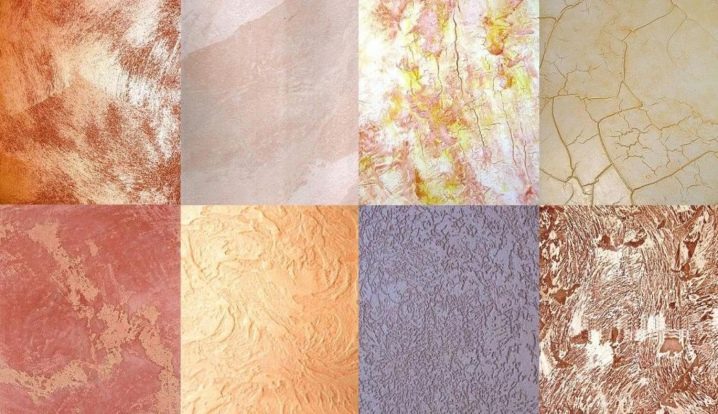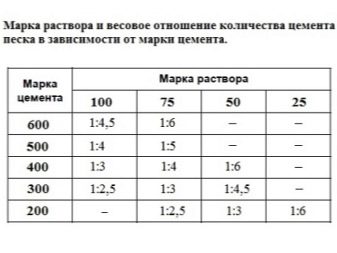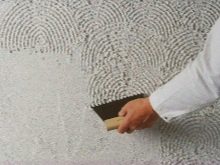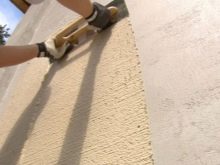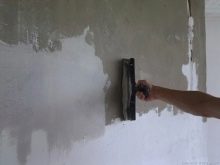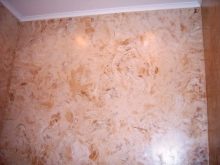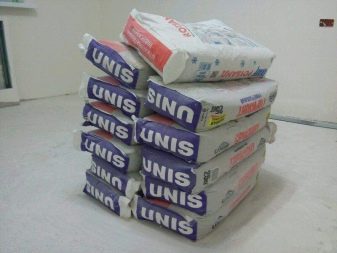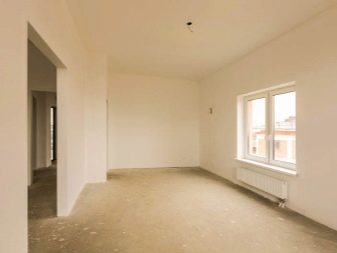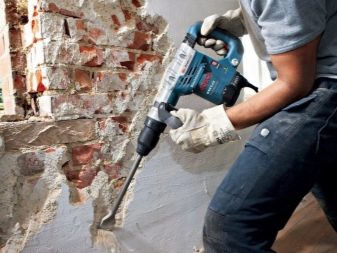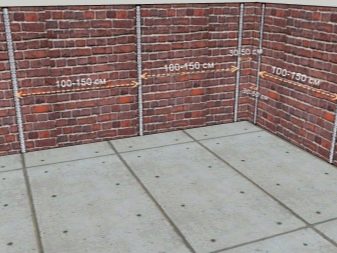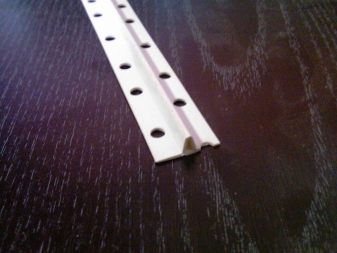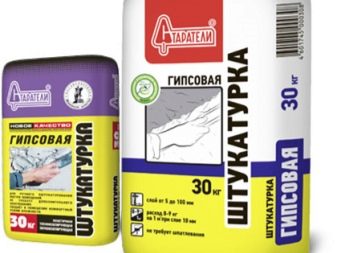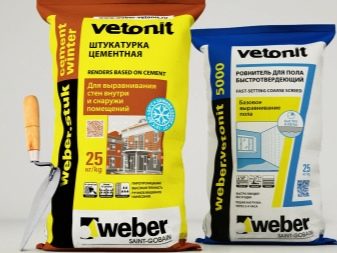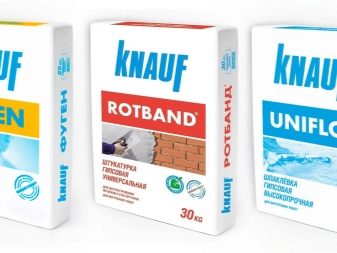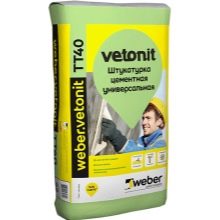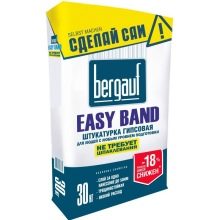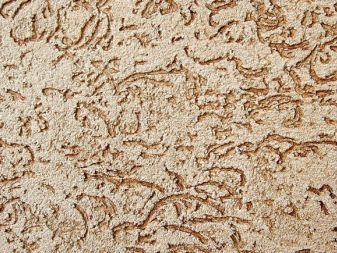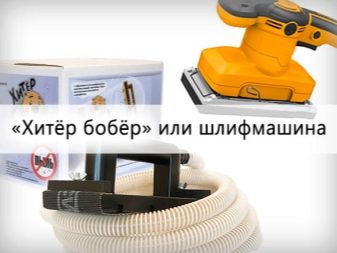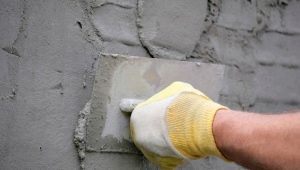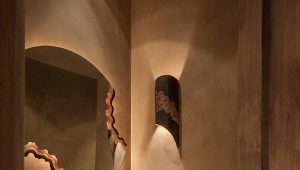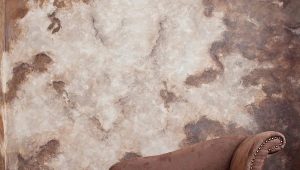How to calculate plaster consumption per 1 m2 of wall?
Any construction or overhaul of an office, apartment or house is accompanied by the use of plaster. The process is time consuming and requires special professional skills. And if there is no need to save the repair budget, then it is better to entrust this business to specialists. On average, experts ask for their work from 600 rubles per 1 square meter. If you still decide to do everything yourself, then do not rush to run to the market and knead the solution.
Before you read the article, where it will be discussed how to do everything correctly, it will also help to understand the wide choice of plaster mixes on the Russian and international market of building materials.
Special features
If you decide to hire workers, then you should know the basic requirements for the quality of the plastering work, they are set out in SNiP III-21-73. The quality of work divided varies depending on the type of plaster.
- Simple plaster. It allows vertical deviations from 3 mm per 1 m, but not more than 15 mm for the entire height of the wall. Allowable smooth irregularities, no more than three pieces per 4 m2, with a depth of not more than 5 mm.
- Improved plaster. Here are more stringent requirements, no more than 2 mm per 1 m and no more than 10 mm for the whole plane. 2 irregularities per 4 squares with a depth of no more than 3 mm are permissible.
- The strictest rules in SNIP are for high quality plaster. Deviations no more than 1 mm per 1 m. No more than 5 mm for the entire height of the room, and no more than 2 irregularities with a depth of 2 mm.
What is the difference between plaster and putty
People who have not encountered repair issues often ask this question. These are two completely different materials. To understand, it is necessary to understand what they consist of. For example, plaster is a building compound with the help of which the walls and ceilings are leveled; it is used for both exterior and interior work. Putty is used to level the walls. The difference lies in the fact that the plaster allows you to level uneven walls and debris, and the putty will cope only with minor irregularities, cracks.
The construction market offers a wide range of different compositions. There are several types: plaster, decorative, bark beetle, cement mix. Some of them are presented below. For different manufacturers, the material is consumed differently, if you count the consumption per 1 square meter. m
What does the expense depend on?
Before starting repair work, you usually need to know how much material is needed. It always depends on the unevenness of the walls, the area of application, the thickness of this layer, and also the characteristics of the plaster mixture. Surface irregularities can be from 2 to 2.5 cm in new buildings. In old buildings, walls are especially notable for their unevenness. Each type of plaster has a different composition. This may depend on the manufacturer.
Usually the required amount of the mixture per 1 m2 is written on the package. Thus, you can independently calculate the required amount of plaster. The ratio of cement mortar for plastering walls is 1: 6. The ratio of cement mortar for plastering a ceiling is 1: 4.
The thickness of the plaster should not be more than 12-15 mm. If there is a need for additional layers,It is necessary to wait before applying until the previous one is dry.
The consumption of plaster of different types of standard, you can select some of them.
- Gypsum plaster. Suitable for leveling walls and ceilings, has high moisture resistance and strength. Consumption per 1 square of 9 kg with a layer of 10 mm.
- Cement plaster. For this type of mixture requires a specialized machine. Can be used for both exterior and interior decoration. Usually used to cover concrete walls, brickwork and old cement. Consumption 17 kg per 1 m2.
- Decorative or structural plaster. Good for wall decoration, replacing wallpaper, paint and so on. It can be used for both internal and external works, for finishing walls and ceilings. Plasters of this type will require 3.5–4 kg per 1 square with a layer thickness of 50 mm.
- "Bark Beetle". This type of plaster is suitable for facades, it has a pleasant relief structure, which serves as a decorative finishing layer, in appearance resembling wood. Possesses high rates of durability, moisture resistance and an economic expense.Thus, the calculation will be made on 1 mm - 2.5 - 3 kg per 1 m2.
- Volma. Used to align walls and ceilings before pasting wallpaper. Consumption is about 12 kg per square.
- Venetian, marble plaster. Finishing material, invented centuries ago in ancient Rome. It was then that they thought up to mix marble dust and lime mixture. Apply at least 2-3 layers. Consumption will depend on the layer thickness of approximately 70-200 g per square meter. But each layer needs to be applied very thinly.
How to calculate?
Plastering of walls takes place in several ways.
- In the plane with the help of the rule - an option that is suitable if the walls are fairly smooth, without sharp deviations.
- Aligning the walls of the beacons - a way that is suitable if the walls have strong deflections and irregularities.
The approximate consumption of plaster on 1 square can be calculated using a special calculator, which you can easily find on the Internet. The following parameters are entered into it:
- height and length of the wall;
- average plaster coating thickness;
- type of composition;
- weight of packing.
For example, we give a calculation with a coating thickness of 3 cm.
Looking at the technical characteristics that are indicated on the mix packaging, where the consumption is 8.5 kg per 1 m2 with a coating thickness of 1 cm, we calculate the norm for a thickness of 3 cm. To do this, multiply 8.5 by 3 and get 25.5 kg of solution. So much goes per square meter, it is almost a bag of plaster.
The result will be the approximate number of bags needed for repair. Thus, for a 2-room apartment of 40 square meters. m will need to purchase 64-72 kg of gypsum plaster with a layer thickness of 2 cm. But this is only an approximate calculation. For a more accurate calculation you need to do a little more.
So, first of all we clean the surface necessary for plastering. Then we determine the degree of roughness, curvature of the site. To do this, we expose beacons, at least 3 pieces per edge, using a normal or laser level. Denote key points, and from them we determine the deviation of the plane. We determine the deviation from the plane, and divide the result by the number of key points.
But do not forget that some part will go to errors that, one way or another, are, despite the accuracy of the calculation. If part of the mixture remains, it can be used in the future.Skills of correct calculation will help save material and save your time and money.
There are several types of beacons:
- metal;
- gypsum;
- plastic.
Based on all methods of calculation, it is easy to calculate how many bags of plaster are needed for repairs. On packages of decorative or lime-gypsum plaster and its other types, the mixture consumption is indicated by 1 square when creating a layer with a thickness of 1 cm. From this it is worth repelling in the calculations.
Manufacturers
We offer you the most popular brands:
- "Miners" - a Russian manufacturer that uses the chemical components of the best European manufacturers from selected raw materials. They produce about 80 types of mixtures: decorative, cement, plaster plaster, as well as special for mechanical and manual plastering and for wet rooms.
- Weber-Vetonit - are known in 49 countries of the world, make dry mixes, from environmentally friendly materials.
- Knauf - German manufacturer of gypsum plaster, it is best known in the Russian market.The composition includes only high quality raw materials.
- Unis - has been engaged in the production of plasters, primers, self-leveling floors, adhesives and heat-insulating materials since 1994 and meets all stated requirements. Possess high quality.
- Volma - the largest company in Russia with the production of plaster from high quality raw materials for machine, manual application.
- Weber stuk cement - the mix consisting of cement, polymeric additives and fractional fillers. After setting, it forms a strong base, Weber Stuk Cement plaster is moisture resistant and frost resistant. Easy to apply with a trowel or float.
- Bergauf - manufacturer of the Russian brand. The company produces cement, plaster and universal plasters. Before applying the plaster wall should be treated with a primer. For exterior work well-liner.
Gypsum plaster has a lower consumption compared to the DSP. "Bark beetle" is also considered an economical material, it is explained by the lack of its integrity and contains many grooves.
For sanding the walls, it is worth buying a grater with dust removal (“Heather Beaver”) in order to protect your lungs from the settling of fine dust.
You will learn about important nuances when calculating plaster by watching the following video.
